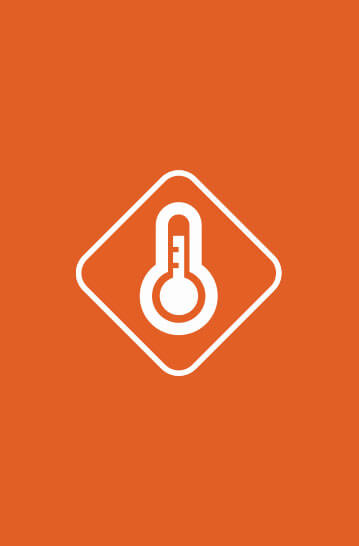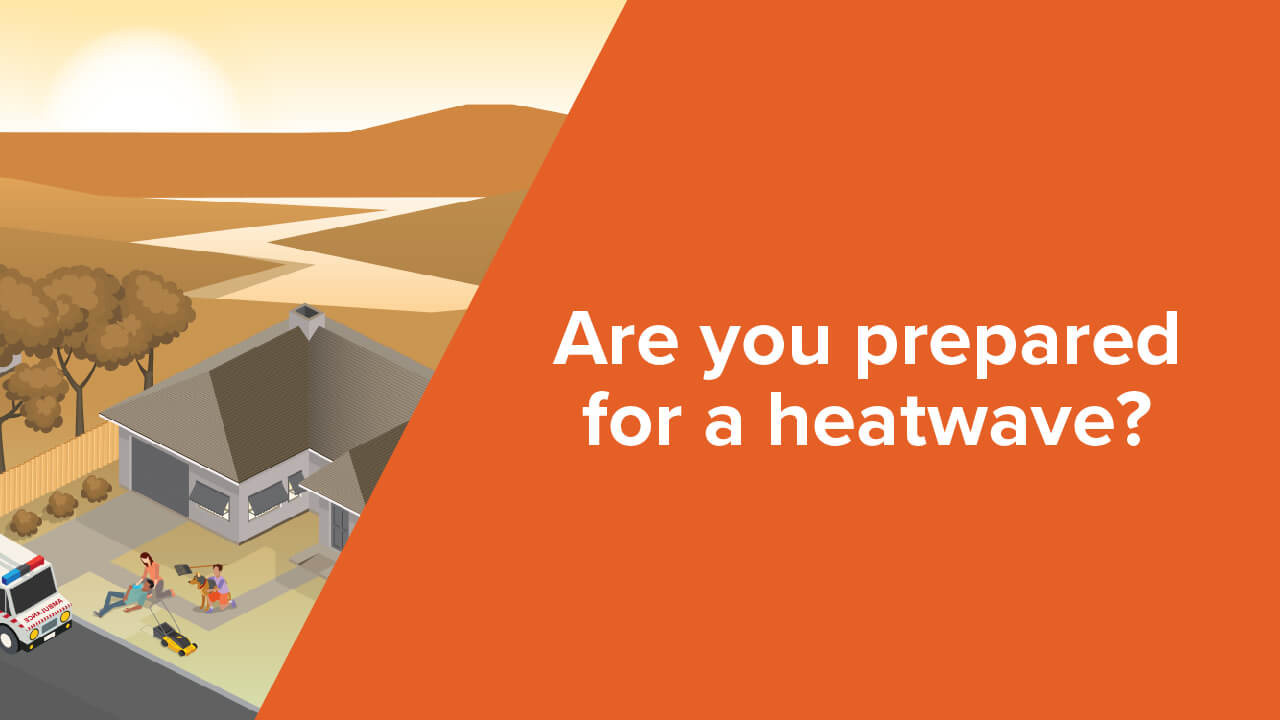

Heat kills more Australians than any other natural disaster.
Heatstroke is fatal in up to 80 per cent of cases.
Heat health alerts are issued when the forecast temperatures and conditions are likely to impact on human health resulting in increases in heat-related illness and even potentially death. To subscribe to heat health alerts click here.
High heat can affect anybody. Heat-related illnesses can range from mild conditions to life-threatening heatstroke:
Heat rash
Symptoms
- Skin irritation.
- Rash on the skin that looks like a red cluster of pimples or small blisters.
- Most likely to occur on the neck and upper chest, in the groin, under the breasts and in the elbow creases.
What to do
- Move the person to a cooler, less humid environment.
- Keep the affected area dry.
- Try using unperfumed talcum powder to increase comfort.
- Avoid using ointments or creams, as they keep the skin warm and moist, and may make the condition worse.
Heat cramps
Symptoms
- Muscle pains.
- Spasms, usually occurring in the abdomen, arms or legs.
What to do
- Stop activity and sit quietly in a cool place.
- Drink cool water.
- Rest for a few hours before returning to activity.
- See a doctor if cramps persist.
Dizziness and fainting
Symptoms
- Feeling of light-headedness.
- Dizziness.
- Fainting.
What to do
- Get the person to a cool area and lay them down.
- If fully conscious, increase fluid intake.
Heat exhaustion
Symptoms
- Pale complexion and sweating.
- Rapid heart rate.
- Muscle cramps, weakness.
- Dizziness, headache.
- Nausea, vomiting.
- Fainting.
What to do
- Go to a cool area and lie down. Fan if possible.
- Drink cool water if not vomiting and fully conscious.
- Remove outer clothing.
- Wet skin with cool water or wet cloths.
- See a doctor – this is a serious condition that can develop into heatstroke.
Heatstroke (a life threatening emergency)
Symptoms
- Same symptoms as heat exhaustion but with no sweating.
- Mental condition worsens, confusion.
- Seizure.
- Stroke-like symptoms or collapsing.
- Unconsciousness.
What to do
Call an ambulance – phone 000
- Get the person to a cool, shady area and lay them down.
- Remove clothing.
- Wet the person’s skin with water, fanning continuously.
- Do not give them fluids to drink.
- Position an unconscious person on their side and clear their airway.
Things you can do to help reduce the impact of heat:
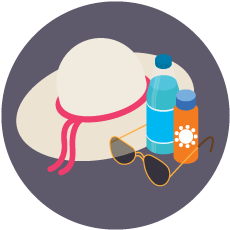
Plan ahead
To protect your health in the heat, plan activities for the coolest part of the day or plan them for another day. Plan to do activities in known cool places.
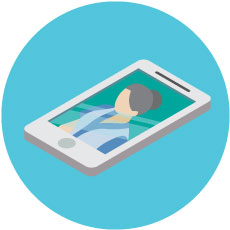
Check in on those most at risk
Check in on others regularly. Look after those most at risk in the heat – your neighbour living alone, older people, those with a disability, the young, people with a medical condition, pregnant and nursing mothers and don’t forget your pets.
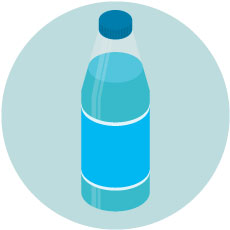
Drink water
Drink plenty of water, even if you don’t feel thirsty (check with your doctor if you normally have restricted fluids).
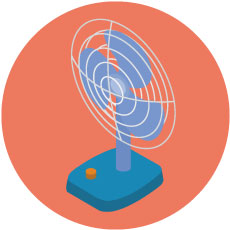
Keep cool
Keep yourself cool by using wet towels, putting your feet in cool water and taking cool showers. You don’t need to cool your whole home during high heat. Close windows and doors and only use the coolest rooms in the property with a fan or air conditioner on low speed.
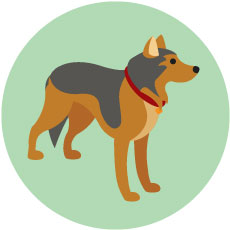
Protect your pets
Make sure your pets have clean, cool water and shade. If the ground is too hot to rest the back of your hand against, it is too hot for your pet’s paws.
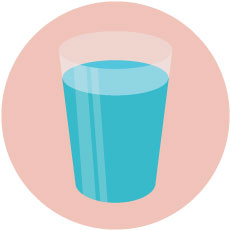
Recover
After a heatwave the body can take at least three days to fully recover so continue regularly drinking plenty of water, keep cool and slowly get back to your normal routine.

If you or anyone you know feels unwell call
NURSE ON CALL on 1300 606 024.
In an emergency or call 000.

Never leave anyone in the car.
If you see a child or animal left inside a vehicle call 000 straight away.
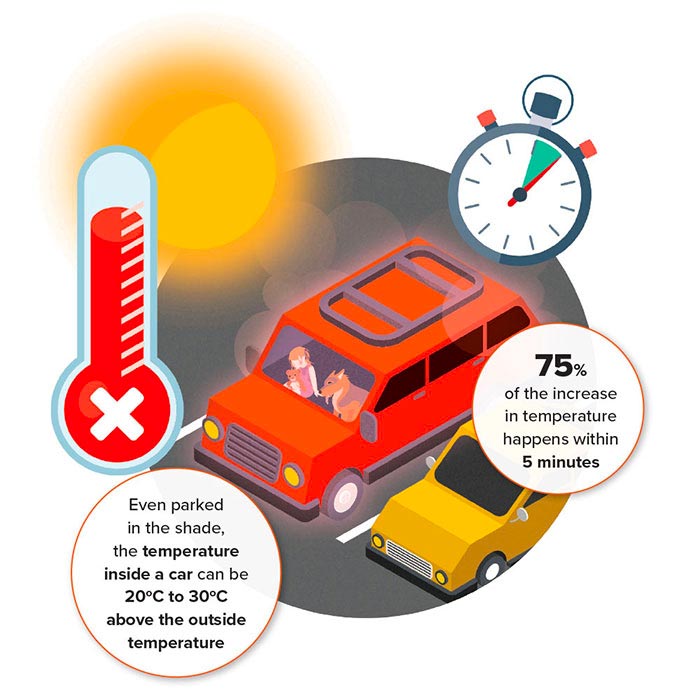

75% of the increase in temperature happens within 5 minutes.
Even parked in the shade, the temperature inside a car can be 20oC to 30oC above the outside temperature.
Read more information on staying healthy in the heat at the Better Health website.
